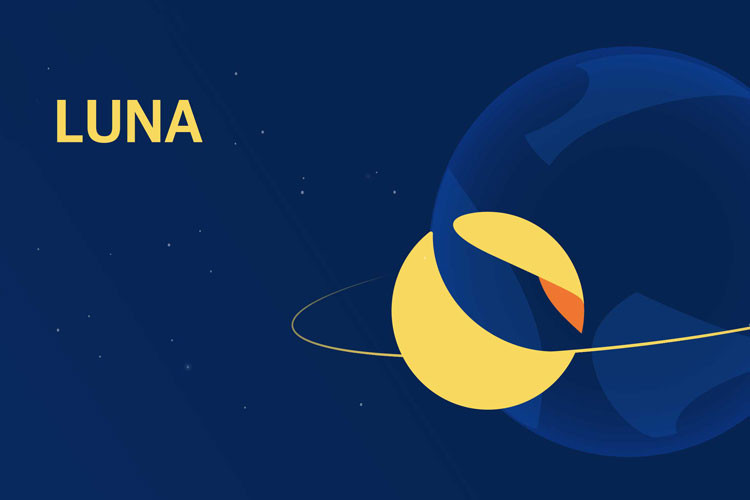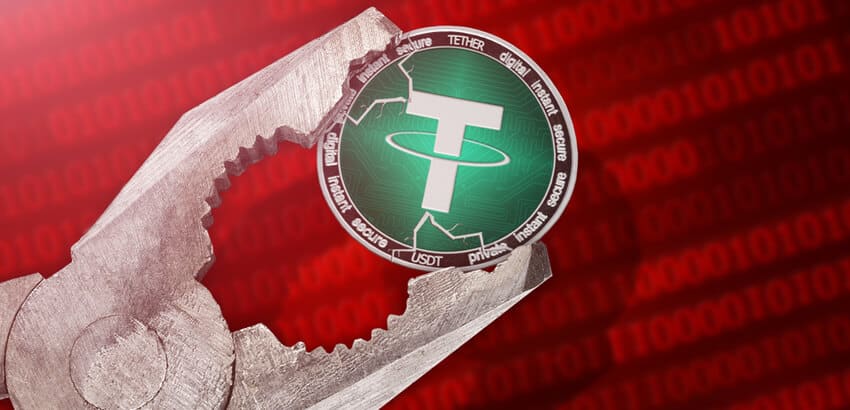Join Our Telegram channel to stay up to date on breaking news coverage
The Terra ecosystem has suffered from one of the worst crashes in the cryptocurrency market. The collapse of the LUNA token by over 99% has been caused by the depegging of the UST algorithmic stablecoin.
Following massive selloffs across the market, the Terra network is now looking for a way to rebuild its ecosystem and bring the value of UST back to $1. The founder of Terraform Labs, Do Kwon, has issued a set of plans that will aid UST’s price.
Terra announces plan to rebuild
Do Kwon posted a Twitter thread on Wednesday highlighting the plan passed by the Terra community to rescue UST. Do Kwon said that the Terra community was voting on Proposal 1164, which will balance the value of UST. The proposal plans to increase the base pool for UST, and so far, it has garnered 220,000 votes.
The Twitter thread further added that UST had a “supply overhang” that caused a dip in LUNA’s price. To save LUNA’s value, Terra would burn more UST. Do Kwon also highlighted other emergency plans that will be implemented to support the price recovery.
Your capital is at risk.
The Agora proposal plans to increase UST amount burned to 1.4 billion UST tokens. This equates to 11% of all the outstanding UST liabilities. The team hopes that growing the coin’s base pool will save UST. The other plan includes staking 240 million LUNA tokens. This will strengthen the governance of the Terra ecosystem.
Terra’s recovery plan criticized by the crypto community
However, some community members have criticized this plan saying that it will not work. The community has suggested that the Terra team increase the number of staked LUNA tokens. “Luna crashing in price and having the peg not restored is also a problem, the longer it takes, the more LUNA gets minted,” one Twitter user said.
The implementation of Proposal 1164 has also been criticized, with some saying that this move will only trigger more price declines in LUNA and UST. Before Terra announced this recovery plan, the crypto community had also questioned the Terra network’s operations.
Some community members complained that Terra was more of a centralized organization, as its working mechanism had very few aspects of decentralization. Moreover, there were arguments about Terra issuing a 20% APY for staking on the Anchor protocol, with some commentators saying this model worked like a Ponzi scheme.
Read more:
Join Our Telegram channel to stay up to date on breaking news coverage


